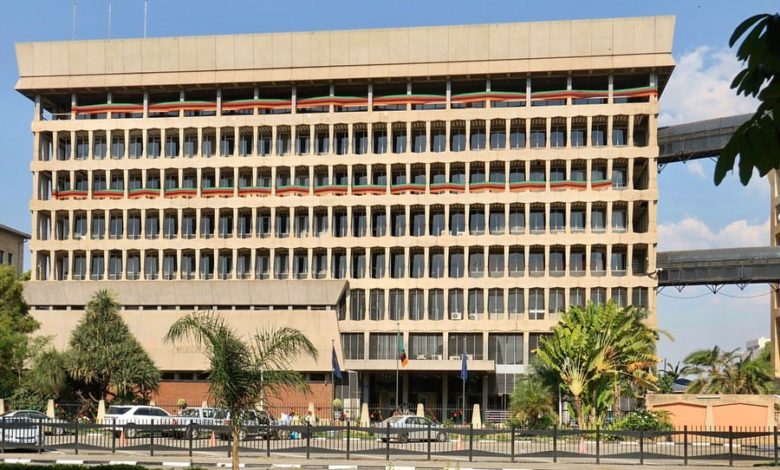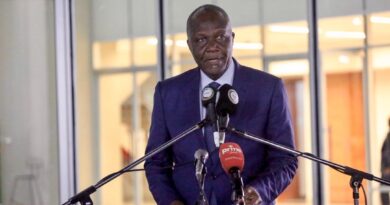Bank of Zambia Raises Monetary Policy Rate to Address Inflationary Pressures
Lusaka, Zambia – The Monetary Policy Committee (MPC) of the Bank of Zambia has announced a decision to raise the Monetary Policy Rate by 50 basis points, bringing it to 10.0 percent from the previous 9.5 percent. This decision was made during the August 21-22, 2023 meeting of the MPC in response to growing inflationary pressures and the need to contain inflation expectations.
Inflation, which had been on a declining trend for six consecutive quarters, experienced an uptick in the second quarter of 2023, reaching an average of 9.9 percent compared to 9.6 percent in the previous quarter. This increase moved inflation away from the target band of 6-8 percent. Factors contributing to this rise include the lagged effects of the depreciation of the Kwacha against the US dollar, higher prices of maize grain and meat, reduced vegetable supply, and an upward adjustment in electricity tariffs.
July witnessed a further acceleration in inflation, reaching 10.3 percent from 9.8 percent in June. These trends prompted the MPC to take action to address the rising inflationary pressures and the risks associated with them.
Inflationary pressures are expected to persist in the coming years, with projected average inflation rates of 10.2 percent in 2023 and 9.3 percent in both 2024 and the first half of 2025. This projection is significantly higher than the 6-8 percent target band. Elevated maize grain prices and global financial conditions, compounded by the Russia-Ukraine conflict, are identified as key drivers of the inflation outlook.
While the Kwacha experienced a temporary appreciation against the US dollar in the second quarter, it subsequently depreciated by 11.0 percent. Despite positive market sentiments following the external debt restructuring agreement, foreign exchange supply remained low due to rising demand as the economy recovered from the COVID-19 pandemic. To manage exchange rate volatility and support critical imports, the Bank of Zambia provided liquidity to the market. However, this led to a decline in gross international reserves.
In terms of economic activity, the second quarter of 2023 showed improvements, as indicated by surveys. Nevertheless, potential slowdowns are expected in the third quarter due to reduced output in certain sectors. The mining sector’s contraction and slowdowns in education and electricity are projected to lead to lower GDP growth in 2023. However, a rebound in the mining sector and sustained growth in specific sectors are anticipated to drive medium-term growth in 2024-2025.
The current account deficit widened in the second quarter, attributed to increased imports and declining exports. This trend is expected to continue in 2023, while medium-term projections show a recovery in the current account as net exports rebound.
The Monetary Policy Committee’s decision to raise the Monetary Policy Rate reflects a commitment to bringing inflation back within the target range and anchoring inflation expectations. The Bank recognizes ongoing government reforms aimed at fiscal stability and private sector growth and aims to support these efforts through its monetary policy actions.
The next MPC Meeting is scheduled for November 20-21, 2023. The decisions regarding the Policy Rate will continue to be guided by inflation outcomes, forecasts, and identified risks, including those related to financial stability and external debt restructuring.



